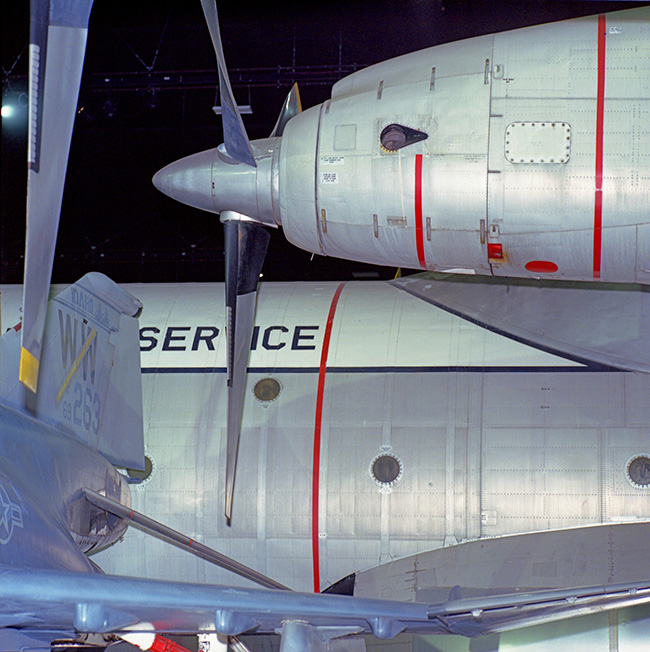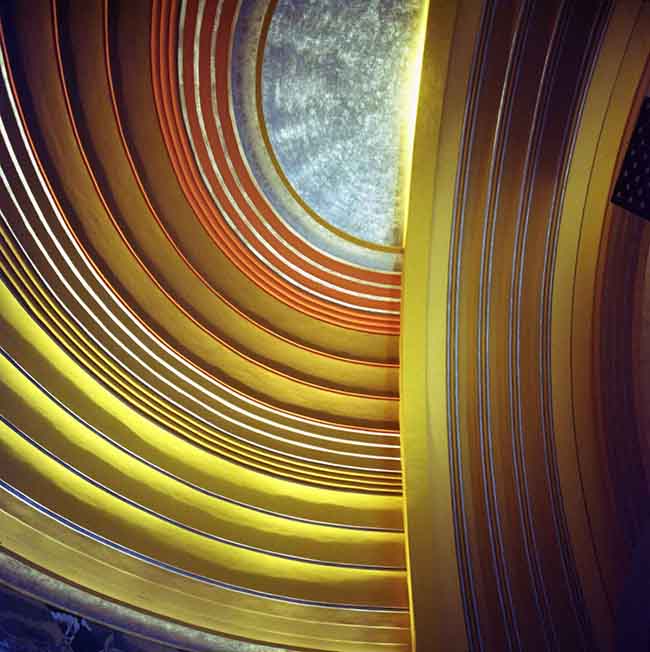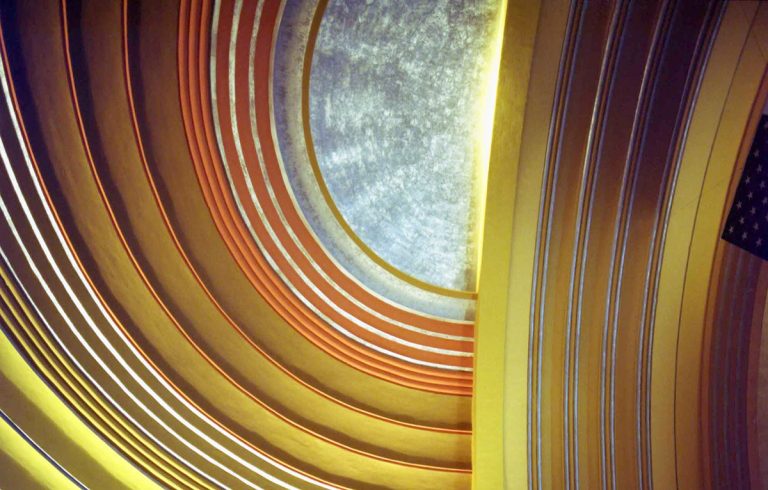Pasquale J. Cuomo has spent more than fifty years refining his craft behind the camera. His passion for photography began during his teenage years, eventually evolving from a casual pursuit into a professional calling by the early 1980s. By 1985, photography had become his sole focus. Over the next two decades, he developed his expertise across diverse fields, including fashion, public relations, architecture, and advertising. His work has been published in industry journals and brochures, while also earning places in exhibitions at the Queens Museum and NYC DCA Gallery.
Pasquale’s style is rooted in what he calls an “old school” philosophy. Influenced by the Hudson River School and artists like Winslow Homer and Edward Hopper, he blends their aesthetic sensibilities with the techniques of photography icons such as Ansel Adams and Walker Evans. His images often emphasize structure, clarity, and vibrant colors, encouraging viewers to appreciate the hidden details in everyday scenes.
Exploring Form and Space
Pasquale’s ability to highlight overlooked details is a hallmark of his work. Two of his recent pieces, National-AF-Museum, Dayton, Ohio and Cincinnati Union Terminal, illustrate his dedication to precision and his appreciation for geometry and light.
National-AF-Museum, Dayton, Ohio

During a second visit to the Air Force Museum, Pasquale approached the task with careful preparation and a focus on detail. Equipped with Kodak Portra 400 film and a 50mm Zeiss Distagon lens, he captured an image that emphasized the intricate lines and textures of two vintage warplanes. Rather than framing the planes in their entirety, he chose to focus on fragments, creating an intimate and almost abstract perspective.
Shooting at 1/30 sec and f/5.6, Pasquale controlled the exposure with a powerful flash, mitigating reflective hot spots to maintain balance. The resulting image highlights the smooth curves of the aircraft while incorporating subtle background elements to add depth. This approach transforms what might have been a simple museum scene into a thoughtful study of form and light, underscoring Pasquale’s talent for uncovering beauty in unexpected places.
Cincinnati Union Terminal

The Cincinnati Union Terminal, an Art Deco gem, presented a different challenge. Limited to natural light, Pasquale relied on patience and meticulous setup. Using a tripod and aiming his camera upward, he captured the dome’s intricate design with his 40mm Zeiss Distagon lens. The photograph, shot at 1/15 sec and f/5.6 on Kodak Portra 400 film, reveals the dome’s geometric brilliance and the richness of its warm, inviting colors.
Though he used Photoshop sparingly, the enhancements were minimal, preserving the authenticity of the image. The sharpness and color saturation achieved through his Hasselblad Zeiss lenses bring out the architectural elegance, while his framing highlights the genius of the structure’s design. This image is not just a record of the dome’s beauty but a testament to Pasquale’s ability to capture the harmony of light, shape, and color.
Shared Themes and Timeless Techniques
Both photographs reflect Pasquale’s consistent goals: an emphasis on clean composition, sharp detail, and vivid color. By isolating specific aspects of each scene, he draws attention to elements that might otherwise go unnoticed. His focus on geometry and the interplay of light and shadow transforms everyday environments into visual narratives.
Pasquale’s continued use of film photography is particularly notable in today’s digital era. By choosing Kodak Portra 400 and pairing it with Hasselblad Zeiss lenses, he ensures his work maintains a tactile, timeless quality.
A Vision Beyond the Frame
Pasquale J. Cuomo’s photography invites us to reimagine how we see the world. His images do more than document; they interpret and elevate the scenes they capture. Whether focusing on the mechanical elegance of an aircraft or the sweeping artistry of an architectural dome, Pasquale’s work encourages us to pause and consider the unnoticed details around us. His photographs reflect a philosophy that values not just the act of seeing but the art of truly observing. Through his lens, everyday spaces and objects are transformed into visual stories, reminding us that beauty lies in the way we choose to look.

